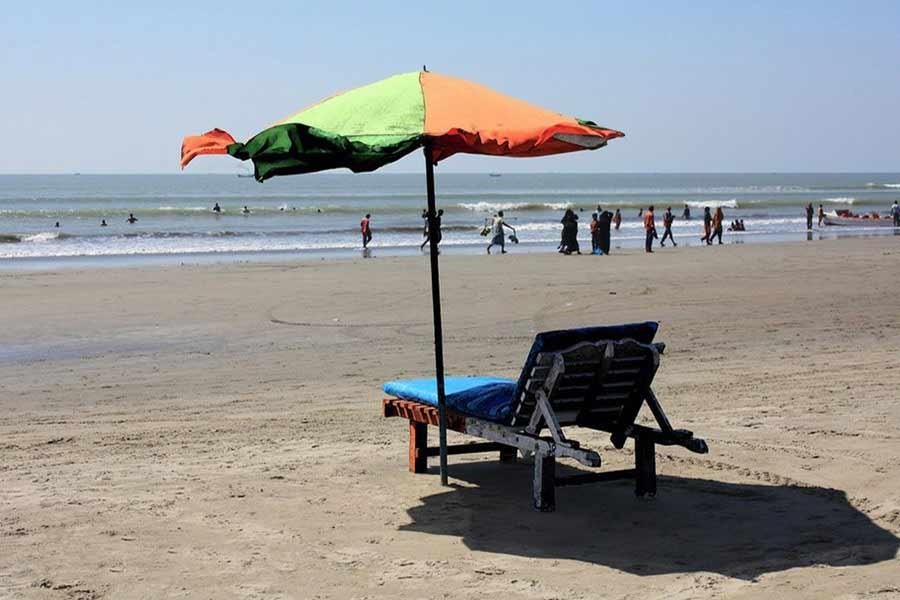Cox's Bazar air, noise quality much worse than normal standard, reveals study

Published :
Updated :

Air and noise quality of Cox’s Bazar area is worse than normal air of the coastal city, according to a latest study.
The study, titled “Status of Air and Noise Quality in the Coastal Area of Bangladesh: A Study in Cox’s Bazar Area”, also revealed that Cox’s Bazar is highly polluted along with acute sound pollution compared to the national standard.
Terming the main causes of air and sound pollution as construction works, industrial works, and tourism, the study also said unless appropriate and adequate measures are taken in our tourism policy to reduce the pollutions, the sustainability of Cox’s Bazar as a tourist destination would be challenged.
The findings were presented at a webinar, jointly organised by Coastal Research Unit (CRU), Department of Geography and Environment, University of Dhaka and Center for Atmospheric Pollution Studies (CAPS), Department of Environmental Science, Stamford University Bangladesh on Sunday.
Prof Dr Ahmad Kamruzzaman Majumder, Director of CAPS, was the keynote speaker while Prof Dr M Shahidul Islam, Team Leader of CRU, chaired the session.
Prof Kamruzzaman mentioned that the air of the coastal city Cox’s Bazar is highly polluted along with acute sound pollution compared to the national standard.
Based on the information collected from 52 locations of the city covering seven land-use types, the study shows that PM1, PM2.5, and the PM10 level at Tarabniyar Bazar, Pattaya School Bazar and Burmese Market (mostly commercial areas) of the city are 4.80 (PM1) and 4.445 (PM10) times higher than the national level and varies from 312.25 µg/m3 to 300.00 µg/m3 for PM2.5, 666.75 µg/m3 to 618.50 µg/m3 for PM10 and for CO2 from 7 ppm in the residential area to 111 ppm in sensitive areas which is also 1.3 to 2.64 folds higher than the national level.
The average concentration of PM1, PM2.5, and PM10 is beyond the standard level in the residential areas and road intersection areas, Prof Kamruzzaman added.
The sound pollution of Bollia para, Tarabaniyar Chora, and Madakoccopia National Park (mostly sensitive area and mixed area) varies from 94.00 dBA to 87.48 dBA which is also higher than the national value, as per the study.
The question and answer session was very vibrant with the active participation of CRU and CAPS members.
In the concluding speech, Prof Dr M Shahidul Islam highlighted the importance of water quality monitoring of the Cox’s Bazar coastal area. In that case, CRU and CAPS will work together in the future.
sajibur@gmail.com


 For all latest news, follow The Financial Express Google News channel.
For all latest news, follow The Financial Express Google News channel.